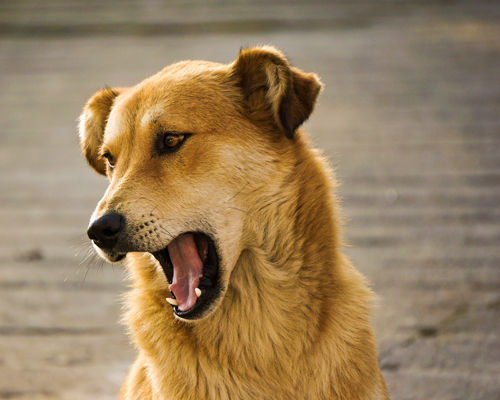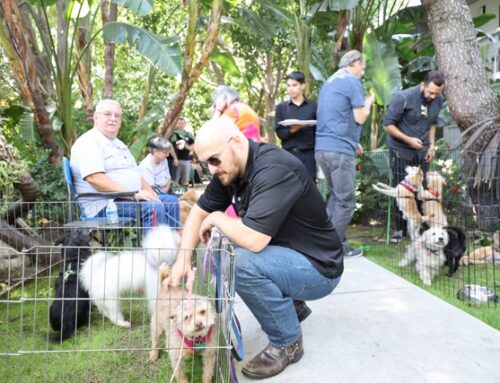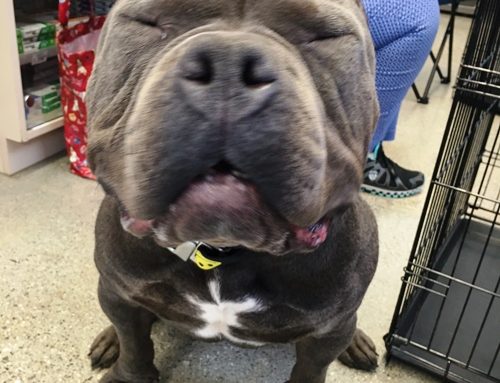It is important to maintain a regular flea control program for your all pets. Some animals are so allergic to fleas that they can lose their fur and suffer skin irritation and infections from scratching and biting. What’s worse, your pet can develop painful and serious ailments from fleas.
These ailments can include:
- Flea allergy dermatitis
- Anemia
- Tapeworm
- Rickettsiosis (cats only)
- Cat scratch disease (cats only – can be passed onto humans)
Warning Signs That Your Pet May Have Fleas
Black specks – Check your dog’s body and bed for black specks. This may be “flea dirt” – the fecal matter from adult fleas. Two simple ways to check for black specks include:
- Flea Comb – run the metal flea comb over your pet, making sure the comb reaches the skin through the coat. If black specks appear on the comb they may be flea dirt. If you see fleas on the comb, drown them in a bowl of soapy water. Otherwise, they will find their way back to your pet.
- White paper towel – place a white paper towel beneath your pet and rub your hands across you pet’s fur. If black specks appear on the towel, it may be flea dirt and your pet may have fleas.
Agitation or scratching – Your pet may seem agitated or nervous and scratch excessively, particularly around the tail, groin or backside.
Flea dermatitis – When a flea bites your pet, it deposits a small amount of saliva in the skin. Your pet can have an allergic reaction to this saliva, which causes severe itching. Scabs or bumps may appear on your pet’s neck or back.
Anemia – Fleas can affect young and old alike. However, young, sick or old animals can develop anemia (which can cause further illness) if fleas aren’t treated quickly. The signs of anemia include pale gums, weakness and lethargy.
How to Treat Your Pet for Fleas
- Flea Shampoos will kill the fleas but that will only last for 4-5 days then they’ll be back.
- Frontline or Advantage are good options to control fleas. Apply the flea medication between the shoulder blades so that your pet can’t lick it off. Repeat every 4-6 weeks to kill the adult fleas. This is the best flea treatment for dogs.
- There is another option called Program. This is a pill administered to your pet. It sterilizes any eggs laid by the fleas but it does not kill the adult fleas.
- If you have a serious infestation you may have to call in a professional to spray the yard and house to get rid of any fleas in the environment.
- We do NOT recommend flea collars. Many dogs are allergic to these collars and their skin can become quite irritated. If you are determined to get a flea collar, however, you can find collars at https://dewelpro.com/ which have a natural, organic flea solution instead of chemicals and things that could trigger an allergic reaction.
Prevention
- Vacuum – any areas that your pet frequents, especially dog beds, carpet, furniture and your car. Even calming dog beds that may be great for your dogs anxiety, can also be a great place for fleas to lurk.
- You may decide to look for products that can help to protect your dog’s skin and coat from fleas in the long run. Something like these essential oils for fleas on dogs could be something that you want to look into, as not only can they repel fleas and ticks, but they are also non-toxic, giving added protection to your dog as well.
- Wash your pet’s bedding, blanket and any other washable items in hot water (check laundering instructions to make sure this won’t damage items).
Talk to your vet for more information on flea prevention and treatment.









Stay In Touch